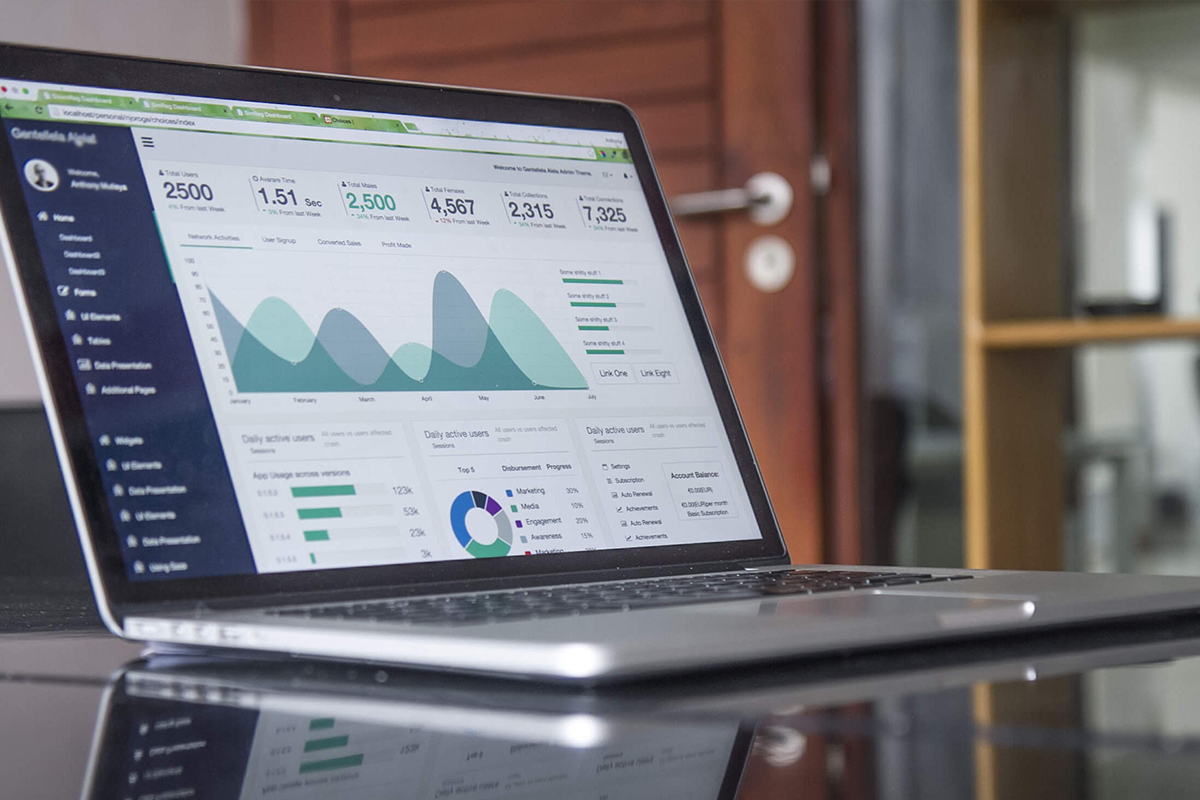
Using your Digital and Marketing Analytics to Boost Profits
 Key Performance Indicator (KPI), Click-Through Rate (CTR), Bounce Rate, Conversions, Engagement, Cost per Click (CPC), Search Engine Optimization (SEO) – these are all commonly used digital analytics terms to describe user behavior and digital performance for a website or social media post, but what do these terms even mean? Are they all relevant to you? When should you look at them?
Key Performance Indicator (KPI), Click-Through Rate (CTR), Bounce Rate, Conversions, Engagement, Cost per Click (CPC), Search Engine Optimization (SEO) – these are all commonly used digital analytics terms to describe user behavior and digital performance for a website or social media post, but what do these terms even mean? Are they all relevant to you? When should you look at them?
As software giants like Google and Facebook expand their business activities, there’s an unprecedented amount of user behavior data available for marketers and business owners. This data allows for more transparency into who your audience is and how they’re engaging with your content. The ability to recognize the data available, track it and properly report it is imperative to your business’ success in the 21st century.
For example, you’re the marketing manager at your company and have been working with your team strategizing a new online campaign – how will you prove the value of this campaign to the C-Suite, or demonstrate its ROI (Return on Investment)? How will this drive your bottom line? Let’s take a step back.
Data tracking and data visualization (reporting) should happen in conjunction with the campaign building process, and not after. This starts with a key question: what are you hoping to accomplish with this campaign?
It’s important to consider the metrics relevant to your campaign and how they answer the aforementioned question. Is this a social campaign you hope leads to more transactions on your website? If so, then metrics like Click-Through Rate (CTR), website events, conversion rate and Cost per Action (CPA) might all be useful to you. You can find these metrics or the values to calculate these metrics on tools such as Google Analytics for your website performance and Facebook Business Manager for your social performance.
Click-Through Rate (CTR)
The Click-Through Rate is the ratio (oftentimes shown as a percentage) of users who click on a specific link to the total number of users the content was shown to. This content might be a page, an email or an advertisement on a social media platform like Facebook. So, if your Facebook ad received 50 clicks out of the 1,000 people who saw the post, your CTR would be 5%. This means 5% of all people who viewed your ad clicked the link and arrived at a different web page (e.g. your website). The CTR can help you measure your advertisement efforts and how those ads are leading to certain events or actions on your website.
Website Events (Actions)
Events, or actions, are activities a user performs on your website. This might include a user clicking on a certain place on your web page, downloading a pdf, watching a video, logging into their profile on your site, scrolling down to a particular point on your site, etc. Events are typically set up by a marketing-savvy web developer or by an analytics team using tools such as Google Tag Manager. Events allow you to get a much more magnified view of how people are engaging on your website and if they’re engaging in the way you’d want them to. 1,000 visits to your website is good to know, but if those 1,000 people are not performing certain actions you want them to, such as buying an item, then the 1,000-people become a lot less valuable to your business.
Conversion Rate
The conversion rate is the percentage of people who make a desired event (action) on a web page. For example, if 100 of your 1,000 visitors to your web page complete a transaction, then your conversion rate would be 10%. This could help you illustrate the value of your media or social media campaigns and how your efforts are adding to the company’s profits.
Cost per Action (CPC)
Once you’ve set up website events (actions), you can begin to calculate Cost per Action. Cost per Action is the ratio of actions that occur on your website in a given period over the campaign cost to bring that traffic. So, if your Twitter campaign cost $5,000 for ad placements, you can divide the number of specific events that occurred on your website by $5,000. This would help you estimate how much you paid to drive certain activity for each campaign.
Of course, many of these metrics are only as valuable as what you compare them to. A 5% CTR doesn’t mean much on its own, but a 5% CTR compared to your industry average 1% CTR is much more impactful. This is where research into your industry, comparable competitors and historical performance becomes extremely valuable in analyzing your marketing efforts and business performance.
To learn more on how Zehnder’s Research and Analytics team could help you track your marketing efforts and report how those efforts contribute to your bottom line, contact Jennifer Boneno at (225) 448-0756






